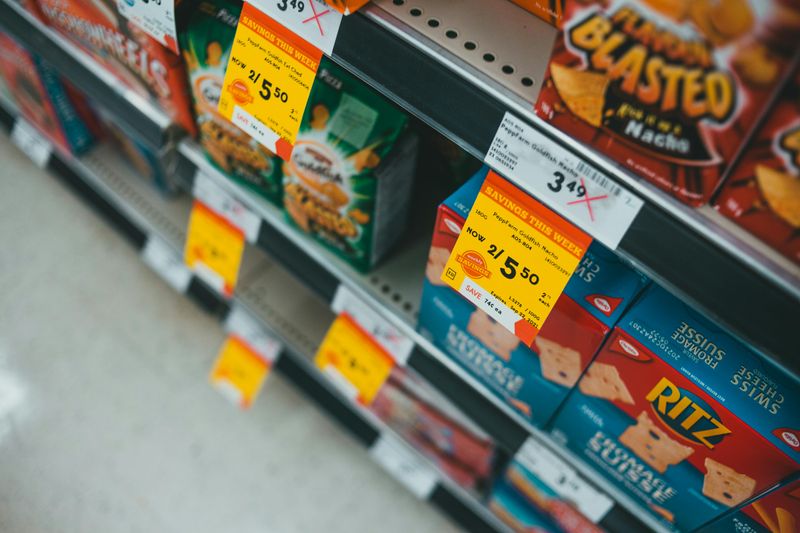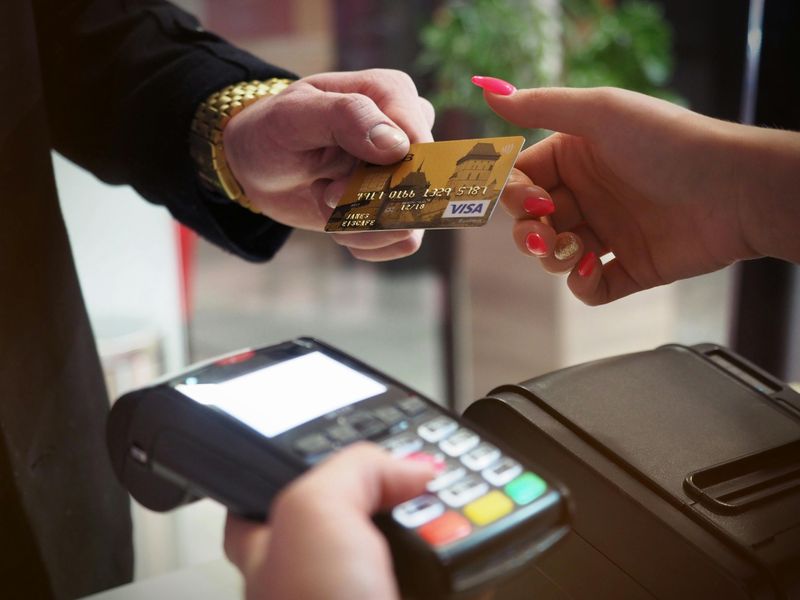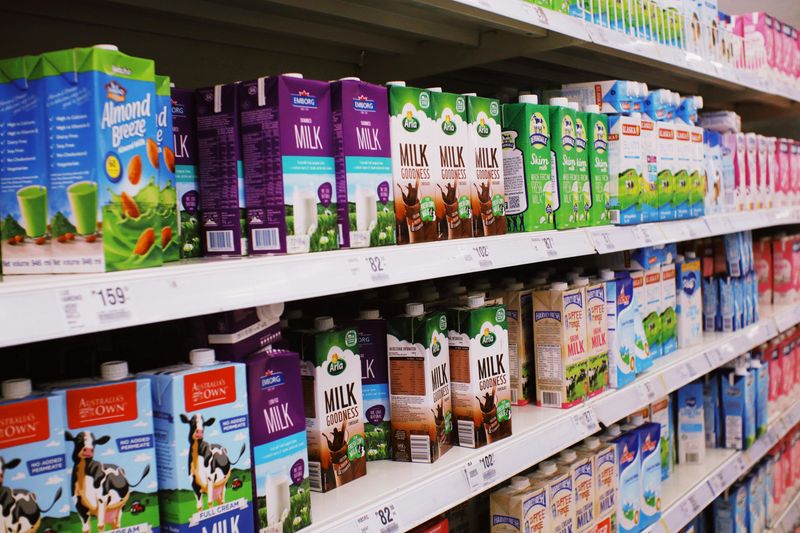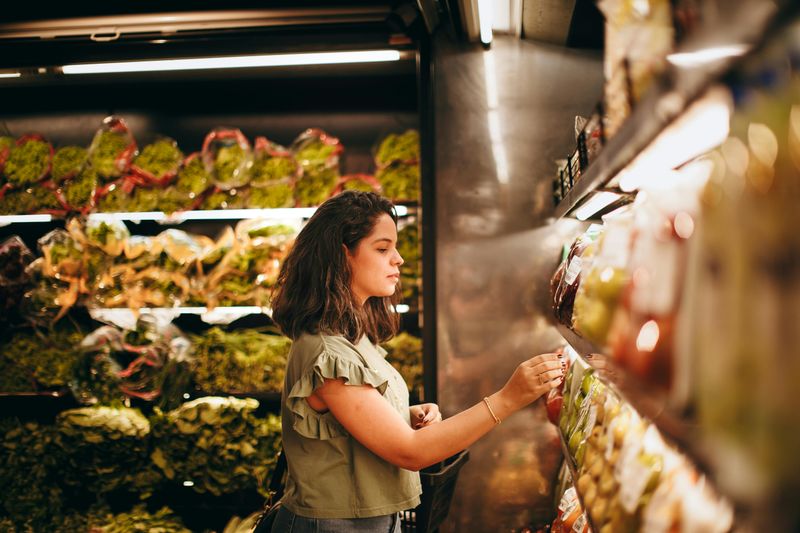9 Grocery Store Behaviors That Add Up to Big Savings Over Time

Going to the grocery store is something most of us do every week, but few of us think about how our shopping habits affect our wallets. Small changes in how you shop can lead to big savings over months and years. The tricks below don’t require extreme couponing or hours of preparation – just simple adjustments to your regular shopping routine.
1. Make a Meal Plan Before Shopping

Planning your meals for the week keeps your grocery list focused and prevents impulse buys. Take 15 minutes before shopping to decide what you’ll eat each day. Check your pantry and fridge first to avoid buying duplicates.
Many households throw away hundreds of dollars in food each year simply because they forgot what they already had. A solid meal plan also reduces those expensive mid-week takeout orders when you don’t know what to cook. The few minutes you spend planning can easily save you $20-30 per week.
2. Compare Unit Prices, Not Package Prices

Instead of relying on the total price, smart shoppers check the unit price to compare real value. It’s the best way to see which product gives you more for less. Larger packages aren’t always cheaper – this is a common marketing trick.
Stores count on you assuming the family-size option saves money without checking the math. Most price tags show the unit price in small print. Training your eyes to spot this number first can save 10-20% on groceries. This one habit alone might save a family hundreds of dollars yearly.
3. Buy Seasonal Produce

Fruits and vegetables cost significantly less during their natural growing season. Strawberries in summer might be half the price of winter strawberries, and they taste much better too! Seasonal shopping connects you with local agriculture cycles.
Learning which months bring which harvests helps you anticipate deals and plan meals around what’s abundant. Bonus tip: The outer edges of grocery stores typically contain fresher, less processed foods. Sticking mainly to the perimeter keeps your cart filled with healthier options while avoiding the markup on heavily processed items in center aisles.
4. Shop with a Full Stomach

When you’re hungry, even overpriced snacks look appealing—especially the processed foods stores place at eye level. Studies show hunger can lead to 10–15% more spending and more regret. Grab a snack before heading to the store.
Even a piece of fruit or handful of nuts can help maintain your shopping discipline. The difference between shopping hungry versus satisfied can add up to thousands of dollars annually. Your stomach shouldn’t be making financial decisions – when it does, your budget suffers.
5. Join Store Loyalty Programs

Free loyalty cards unlock special pricing that can slash your bill by 10-30%. Many shoppers skip signing up, thinking it’s not worth the hassle, but the savings are substantial. Modern grocery apps make it even easier by letting you clip digital coupons before shopping.
No more paper coupons to forget at home or lose in your pocket! Store loyalty programs also track your purchases and send personalized deals based on what you regularly buy. Five minutes spent setting up your account can lead to years of automatic savings without any extra effort.
6. Buy Store Brands Without Fear

Store brands (also called private labels) typically cost 20-30% less than name brands but often come from the exact same factories. Blind taste tests regularly show consumers can’t tell the difference between most store and name brands.
Try starting with basic items like flour, sugar, or paper products. Most shoppers find they can switch about 70% of their regular purchases to store brands with zero difference in quality.
A family spending $800 monthly on groceries could save nearly $2,400 yearly just by choosing store brands for most purchases. That’s a nice vacation fund building up just from label choices!
7. Check Top and Bottom Shelves

What you see first often costs more—brands pay for eye-level shelf placement, knowing it gives their high-margin products a better chance of being noticed and bought.
The real deals hide on top and bottom shelves. Train yourself to scan vertically in each section before making a selection. This simple habit forces you to see all options rather than just the ones marketers want you to notice.
Kids’ products follow the same pattern but lower down – expensive character-branded items sit at children’s eye level. Looking high and low before choosing can easily save 15-25% on your total grocery bill.
8. Buy in Bulk Only When It Makes Sense

Bulk buying works for non-perishable items you use regularly – paper products, cleaning supplies, and pantry staples. For these categories, stocking up during sales can cut costs by 30-40%. The bulk trap springs when you purchase perishables that spoil before use.
Track what your household actually consumes to avoid this pitfall. A 10-pound bag of potatoes isn’t a bargain if half rot before you eat them. Storage space matters too. Calculate whether the savings justify dedicating cupboard space to large packages.
Sometimes buying smaller amounts more frequently proves more economical when all factors are considered.
9. Shop with Cash or a Prepaid Card

Because using a credit card doesn’t feel like parting with real money, it often leads to higher spending. Research shows a 12–18% increase compared to cash purchases. Try withdrawing your grocery budget in cash or loading it onto a prepaid card.
When the money’s gone, you’re done shopping for the week. This creates a physical limit that prevents budget creep. The psychological impact of watching your cash diminish creates natural spending restraint.
This method helps you prioritize necessities and think twice about impulse purchases that might not deliver real value.

Comments
Loading…